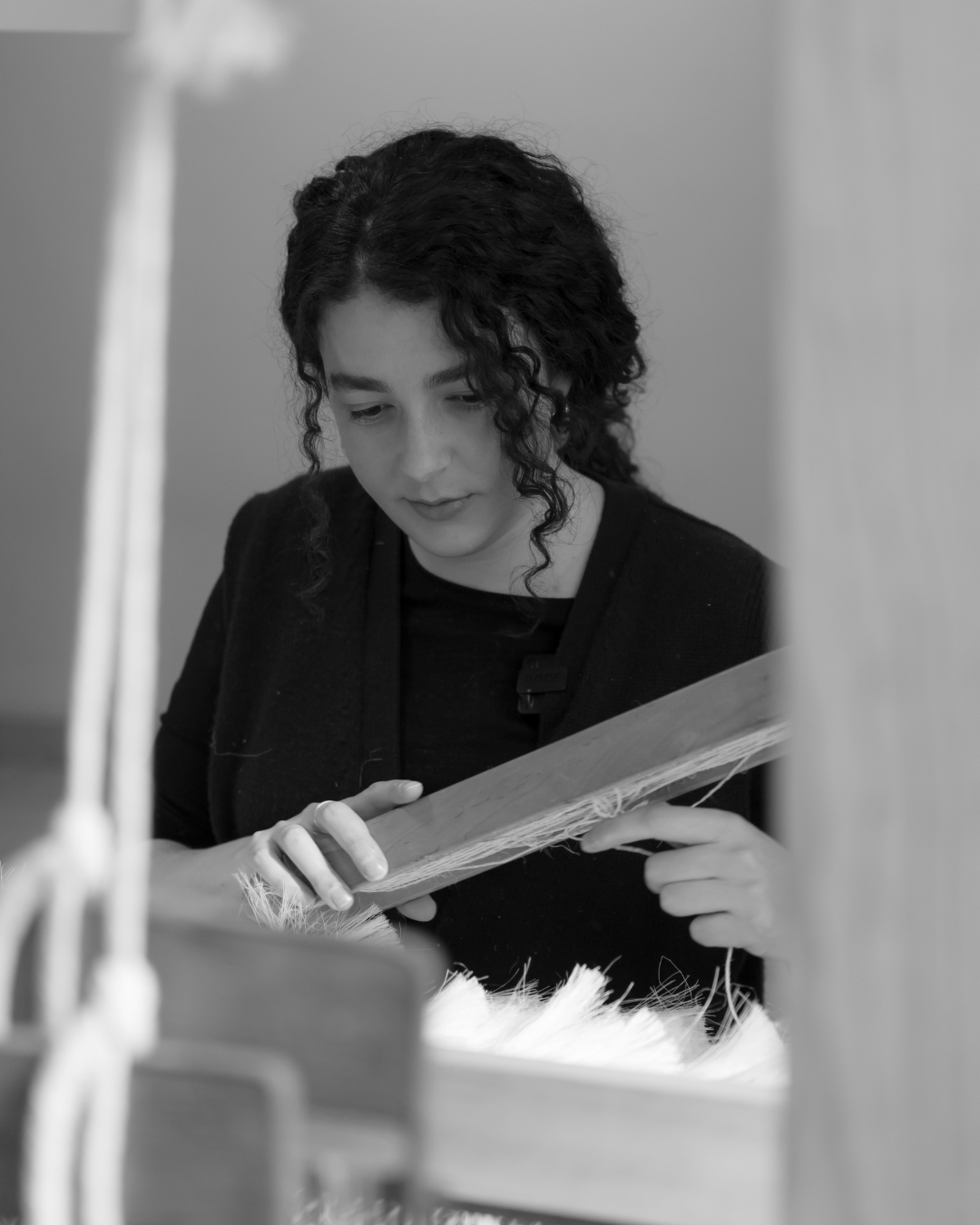
OK Computer–Make a Vase
At Breve, ceramicist Augusto Ribeiro's hand-poured creations always start at the keyboard. We spoke to him about his innovative process.

You’re a ceramicist, but you didn’t start as one, correct?
I worked in big agencies for 10 years, developing spaces and interior environments and I always created them with 3D software. I spent the whole day in front of a computer. So when I went to this other work, handcrafted ceramics, I brought with me to my studio the creative process of doing things digitally.
So you conceive the look and dimensions of your ceramics with 3D software?
Yes, and then I print it in a 3D printer and through that I can make the pieces. They are
almost exactly a copy of what I’ve created on the computer. You know that film, Ghost, the woman who teaches the guy with a turning wheel? When I used a wheel, I was always frustrated that I never could get to the exact thing I was imagining. So the 3D technology is a way to achieve the exact details of what I was drawing.


As someone who is fluent in CAD software, is it fair to say that the digital world is your comfort zone?
Completely. I would say my process is a mixture between the digital world and the handcrafted. If they had a child, it would be mine. There are a lot of people already doing this all over the world. But the reality is, here in Brazil, there are a lot of materials and hardware that are really expensive or that we don’t have here, so I had to create my own process. I’m a perfectionist and perfection in ceramics, well, those things don’t coexist. With each creation, I’m striving to get it closer to what I have designed.
Talk about terracotta and its place in Brazilian culture.
Most handcrafted ceramics in Brazil are glazed so they look like glass; they’re really fancy and perfect. I wanted to do something different. When you see construction here in the poorer neighborhoods, they’re just bricks, raw bricks. That’s the color of poorness, in a way. I wanted to question people about the value we assigned to the terracotta. I want sophisticated design, a great product, high-quality ceramics—but with the color of the thing that people don’t give the right value to. That’s why all of my pieces are glazed just in the interior, and the exterior is raw.
Last question: How did you come up with the name Breve?
Ah, that’s a great story. It has to do with my personal growth. In Portuguese, breve can mean something private, something that exists for a short period of time. So it’s about the present. It’s all about things not being forever and things changing all the time, and about how we are living in the now. So be in the present, and be connected.
11 Must-Have Holiday Gifts
Tis the season for standout finds. Unwrap our top holiday picks
Read moreThe Woven Wall
For Mexico-based maker KREYÉ, the artistry of craft represents both beauty and commerce
Read more

